Indoor Bonsai Trees; Benefits, Types, and Care

One of the most popular and integral part of home accessories is decorative plants. Among the all charming decorative plants, bonsai indoor plants are very distinctive. Indoor Bonsai trees have captured the hearts of their fans worldwide, transforming the living room into a modern arboreal space. In this guide, we’ll delve into the alluring world of bonsai trees, exploring their benefits, demystifying care practices, highlighting diverse types, and pinpointing the best choices for beginners.
Bonsai houseplants can fall under the category of most popular houseplants, too. it was believed that caring bonsai trees is impossible, but now, we can see how popular they are going to be. one of the reasons is that you can easily find out how to take care of these houseplants.
Benefits of Indoor Bonsai Trees
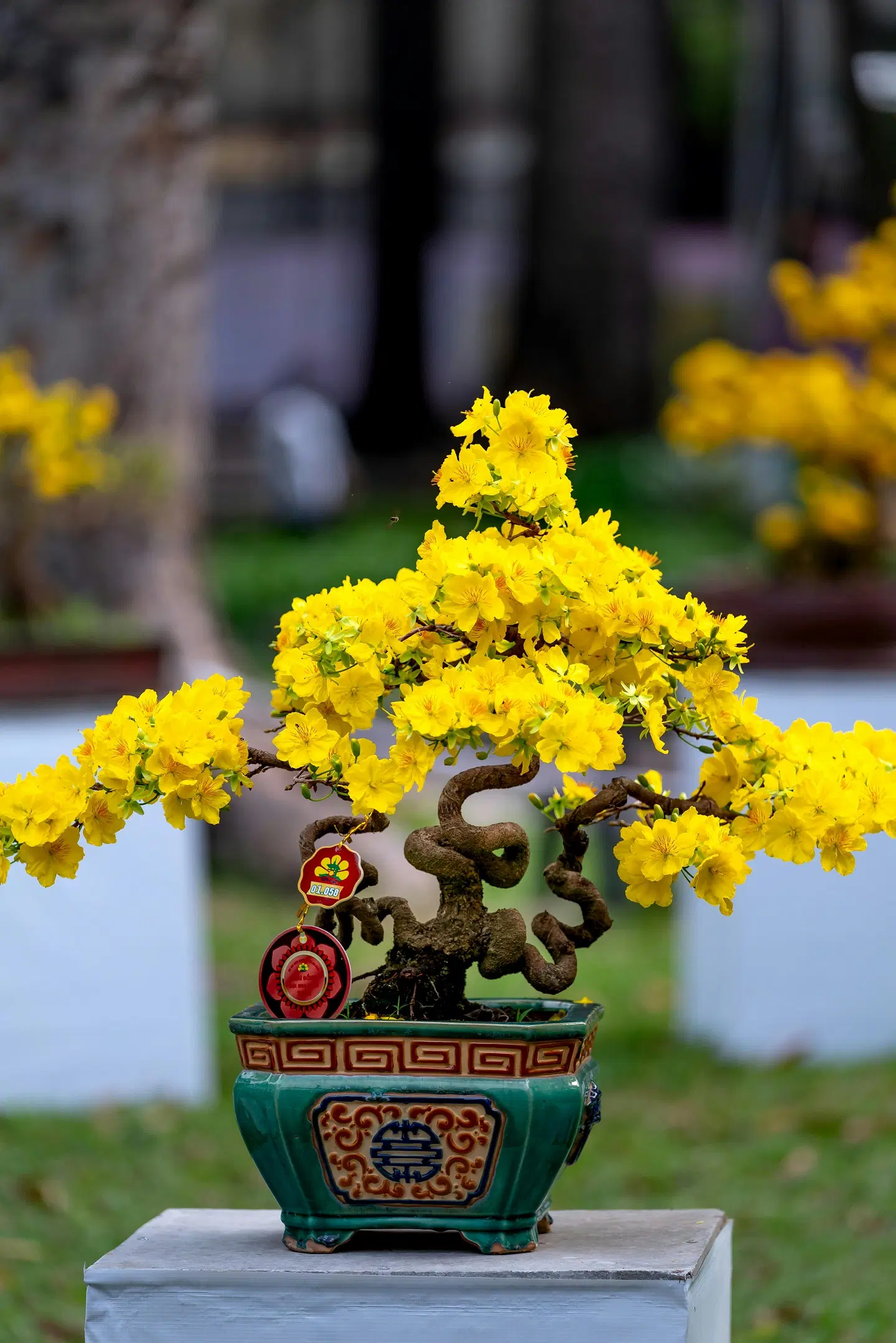
Bonsai trees, renowned for their charm and originated from Easter lands, offer more than visual appeal – they contribute significantly to indoor environments. Also, they are a symbol of patience and luck for some people. One notable advantage of bonsai trees is their ability to enhance air quality. Like their larger counterparts, Bonsai trees act as natural air purifiers, filtering out pollutants and improving indoor air quality, fostering a healthier atmosphere for occupants.
However, the advantages extend beyond the physiological domain. Caring for Bonsai trees becomes therapeutic, demanding focused attention and fostering meditative engagement. The meticulous tasks of pruning and shaping each tree contribute to its visual allure and provide the caretaker with a sense of accomplishment and calm.
Moreover, the presence of Bonsai trees can positively impact mental well-being. Their intricate beauty and connection to nature evoke a calming influence, promoting relaxation and reducing anxiety. Engaging with a Bonsai tree becomes more than a horticultural activity; it transforms into a daily ritual that offers a moment of reprieve from the stresses of daily life, encouraging a mindful connection with the present.
Bonsai trees offer a dual benefit – enhancing the physical environment and the mental well-being of those who nurture them. Beyond their role as ornamental pieces, these miniature arboreal companions contribute meaningfully to a balanced and healthier lifestyle.
Indoor Bonsai Trees Care
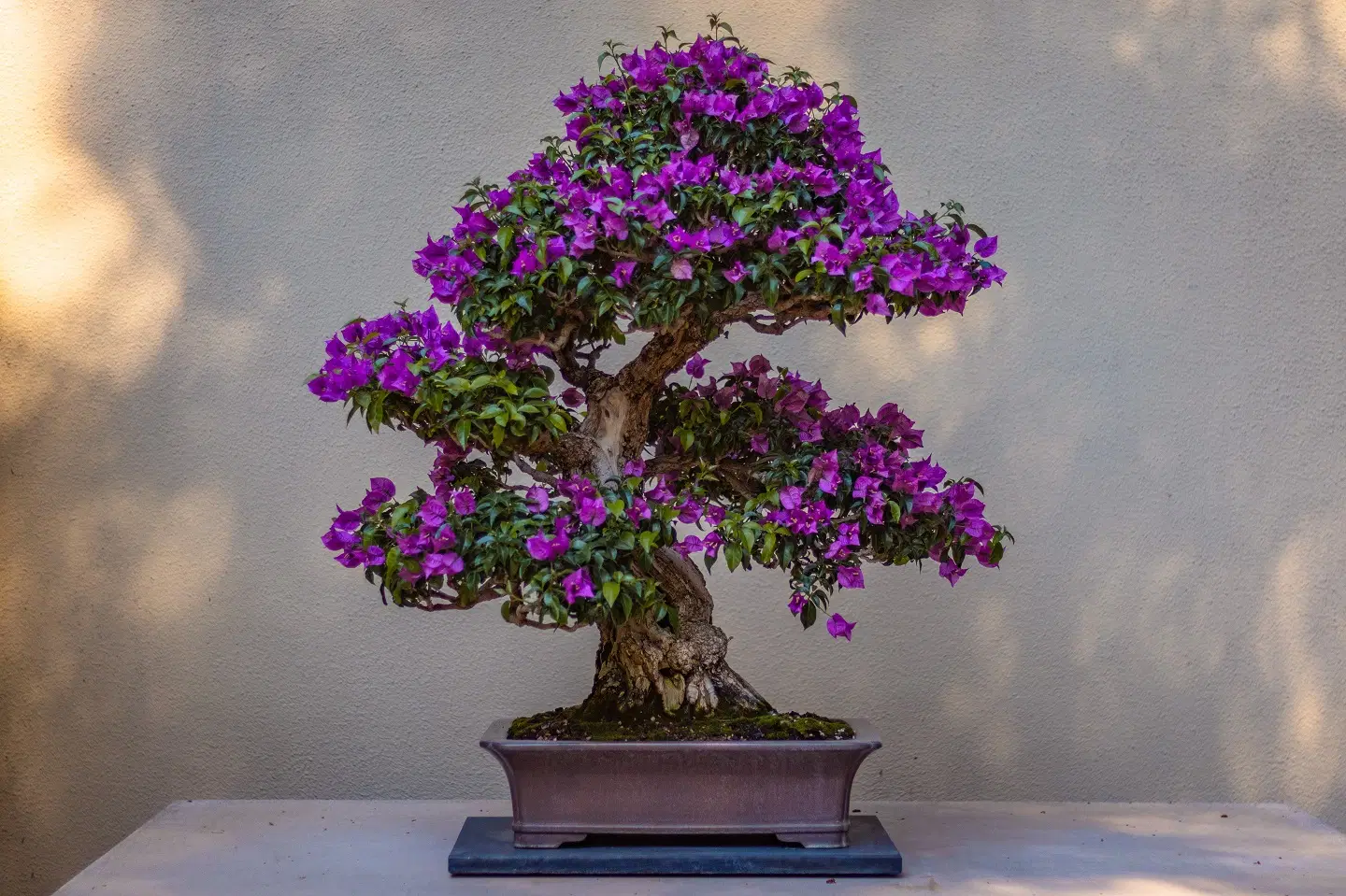
Cultivating the art of Bonsai involves a thoughtful and precise approach to care. Unlike traditional houseplants, Bonsai trees demand a nuanced understanding of their unique requirements, encompassing soil, water, light, and pruning.
The choice of soil plays a crucial role in Bonsai care. A well-draining soil mix is essential to prevent waterlogging, ensuring the roots receive adequate oxygen. This specialized soil composition facilitates the healthy development of the Bonsai, striking a delicate balance between retaining moisture and preventing stagnation.
Watering, a fundamental aspect of Bonsai care, demands a keen eye and a gentle touch. Overwatering leads to root rot, while underwatering compromises the tree’s health. The key lies in monitoring the soil’s moisture content and adjusting the watering frequency accordingly. The concept of “thorough soaking” rather than routine watering emphasizes the need for a comprehensive and thoughtful approach to hydration.
Lighting considerations are equally important in Bonsai care. Most indoor Bonsai trees thrive in bright, indirect light, mimicking the dappled sunlight of their natural habitats. Ensuring the Bonsai receives the right light is essential for its health and vitality. For indoor Bonsai, supplementing natural light with artificial light sources becomes necessary, especially during the darker months.
Pruning, shaping, and wiring constitute the artistic side of Bonsai care. Regular pruning helps maintain the desired shape and size of the tree, fostering its aesthetic appeal. Wiring allows for the manipulation of branches, creating intricate and captivating forms. Both practices require a delicate touch and an understanding of the specific needs of each tree species.
Types of Indoor Bonsai Trees

Indoor Bonsai trees offer a diverse tapestry of species, each with its unique charm. Explore ten captivating types, from the timeless elegance of the Ficus Bonsai to the intricate beauty of the Juniper. Discover the distinctive features that make each variety a living work of art, inviting enthusiasts to explore the breadth of Bonsai diversity.
- Ficus Bonsai
- Juniper Bonsai
- Pine Bonsai
- Maple Bonsai
- Elm Bonsai
- Jade Bonsai
- Serissa Bonsai
- Schefflera Bonsai
- Azalea Bonsai
- Trident Maple Bonsai
Best Bonsai Trees for Beginners: How to take care of a bonsai tree for beginners?
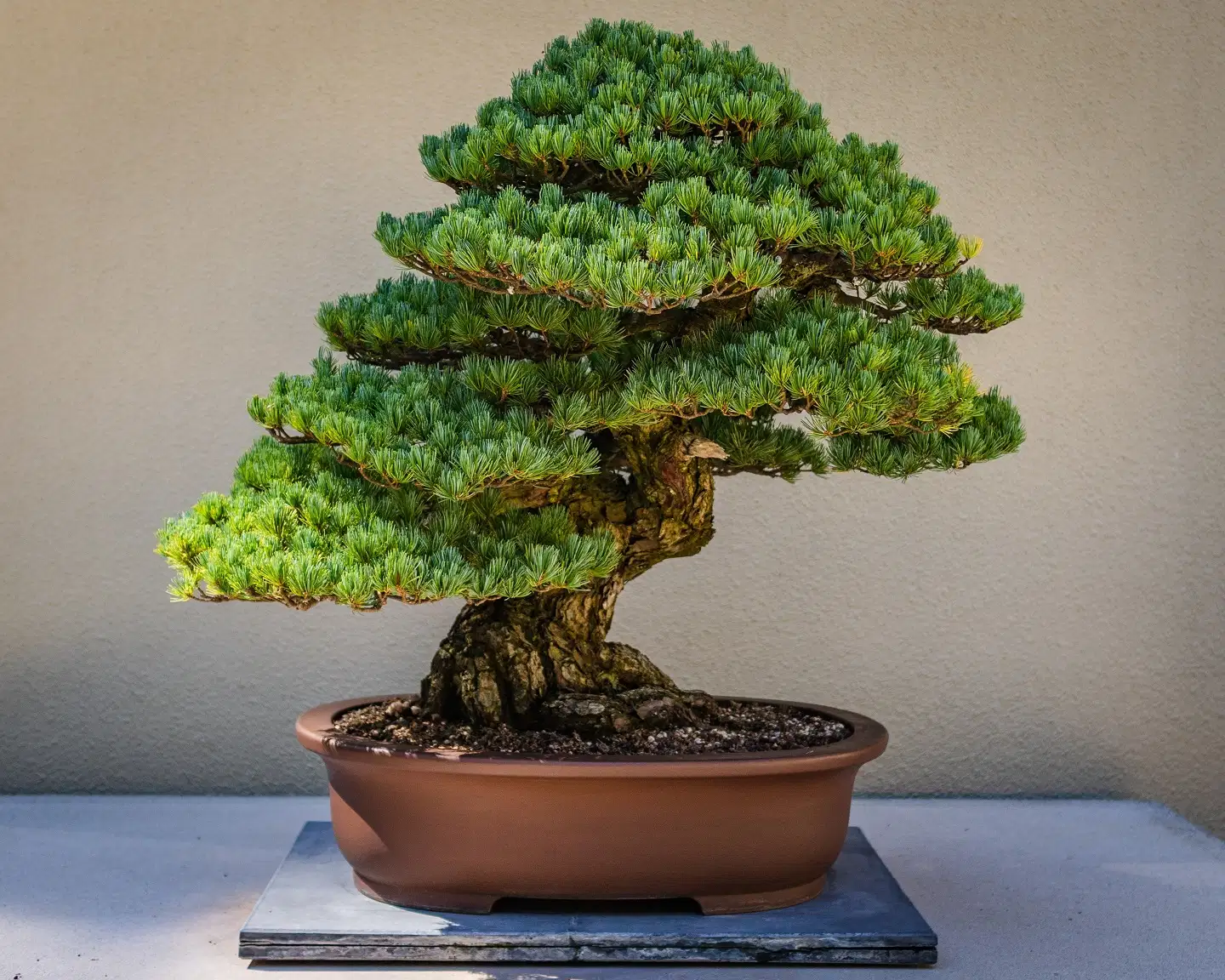
Selecting the right tree is paramount for those embarking on the enchanting journey of Bonsai cultivation. This section guides beginners through ten of the best Bonsai choices, considering factors like resilience, adaptability, and ease of care. Whether you’re drawn to the artistic curves of the Ficus or the graceful simplicity of the Jade, these beginner-friendly options provide a green gateway to the captivating world of Bonsai.
1. Ficus Bonsai
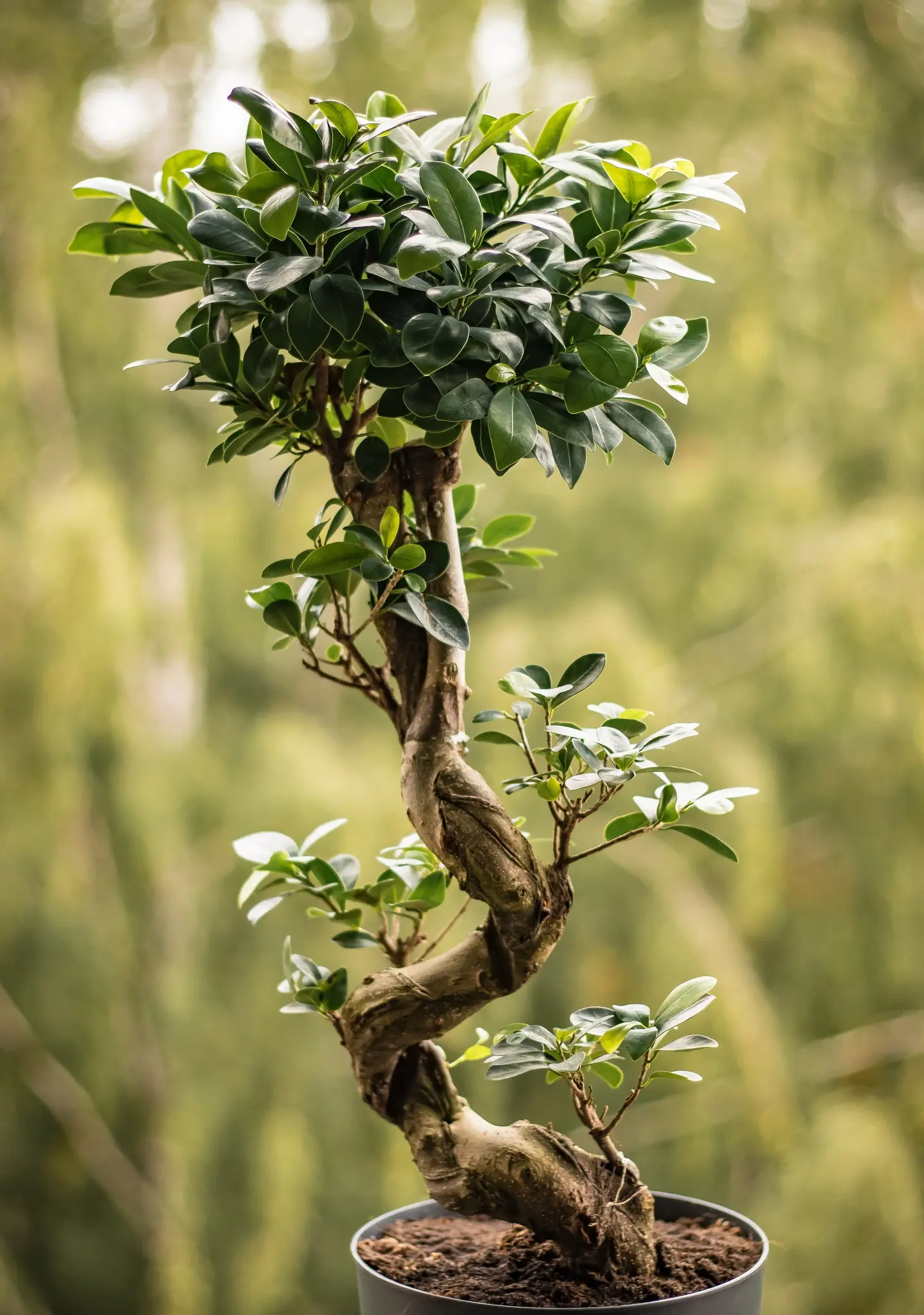
Ficus Bonsai, commonly known as the Ficus, is an ideal choice for beginners. This hardy species forgives occasional lapses in care and can thrive indoors and outdoors. Its robust nature allows beginners to learn the basics of Bonsai care without compromising the tree’s health. The Ficus Bonsai’s attractive glossy leaves and ease of maintenance make it a popular entry point for those new to Bonsai cultivation.
2. Juniper Bonsai
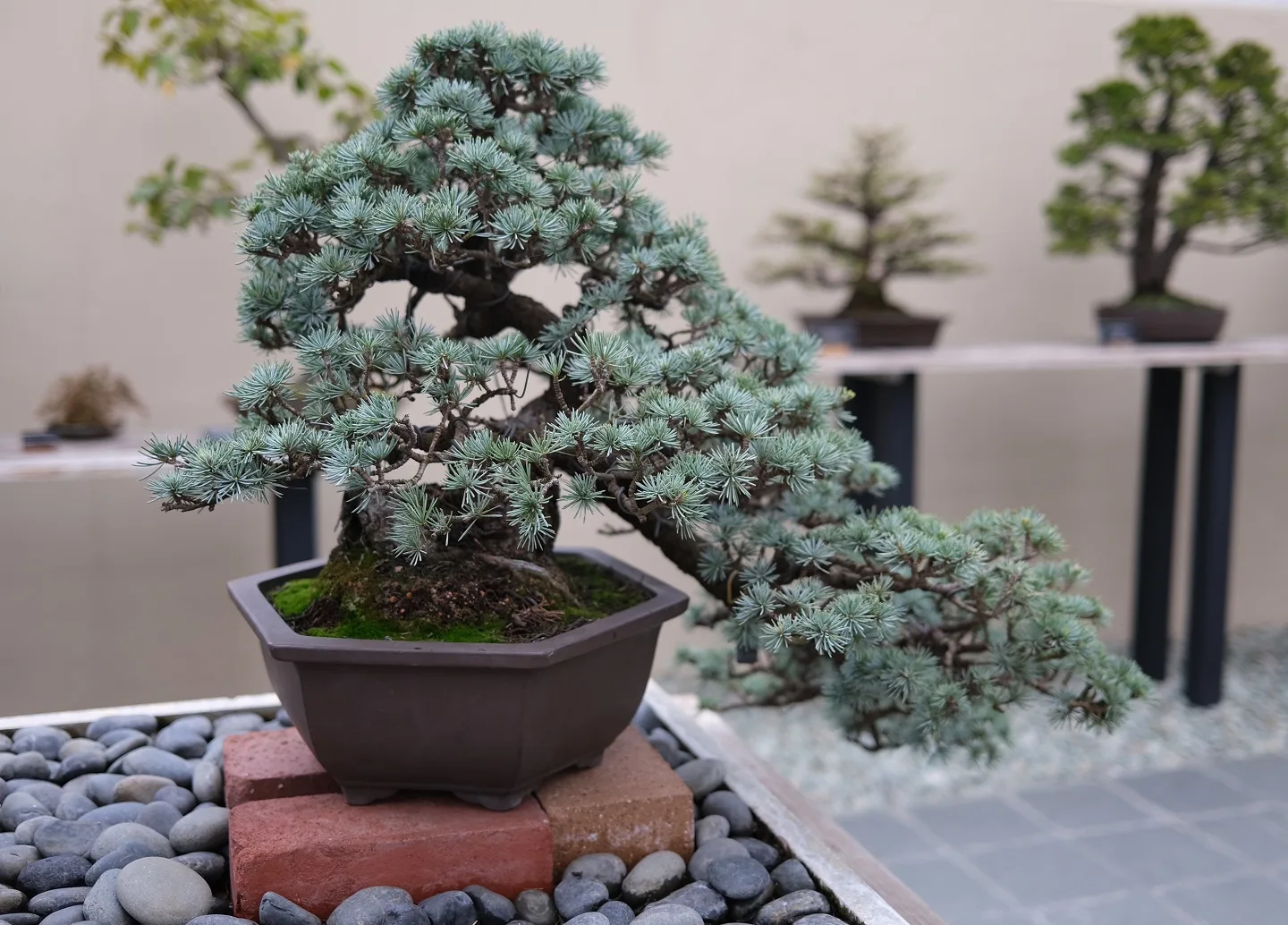
The Juniper Bonsai, a member of the Juniperus genus, is celebrated for its adaptability and resilience. Junipers are well-suited for Bonsai styling, featuring distinctive needle-like foliage. They thrive in various climates, making them an excellent choice for beginners experimenting with outdoor Bonsai. Regular pruning and wiring help shape the Juniper Bonsai into captivating forms, offering beginners an introduction to the artistic aspects of Bonsai cultivation.
3. Jade Bonsai
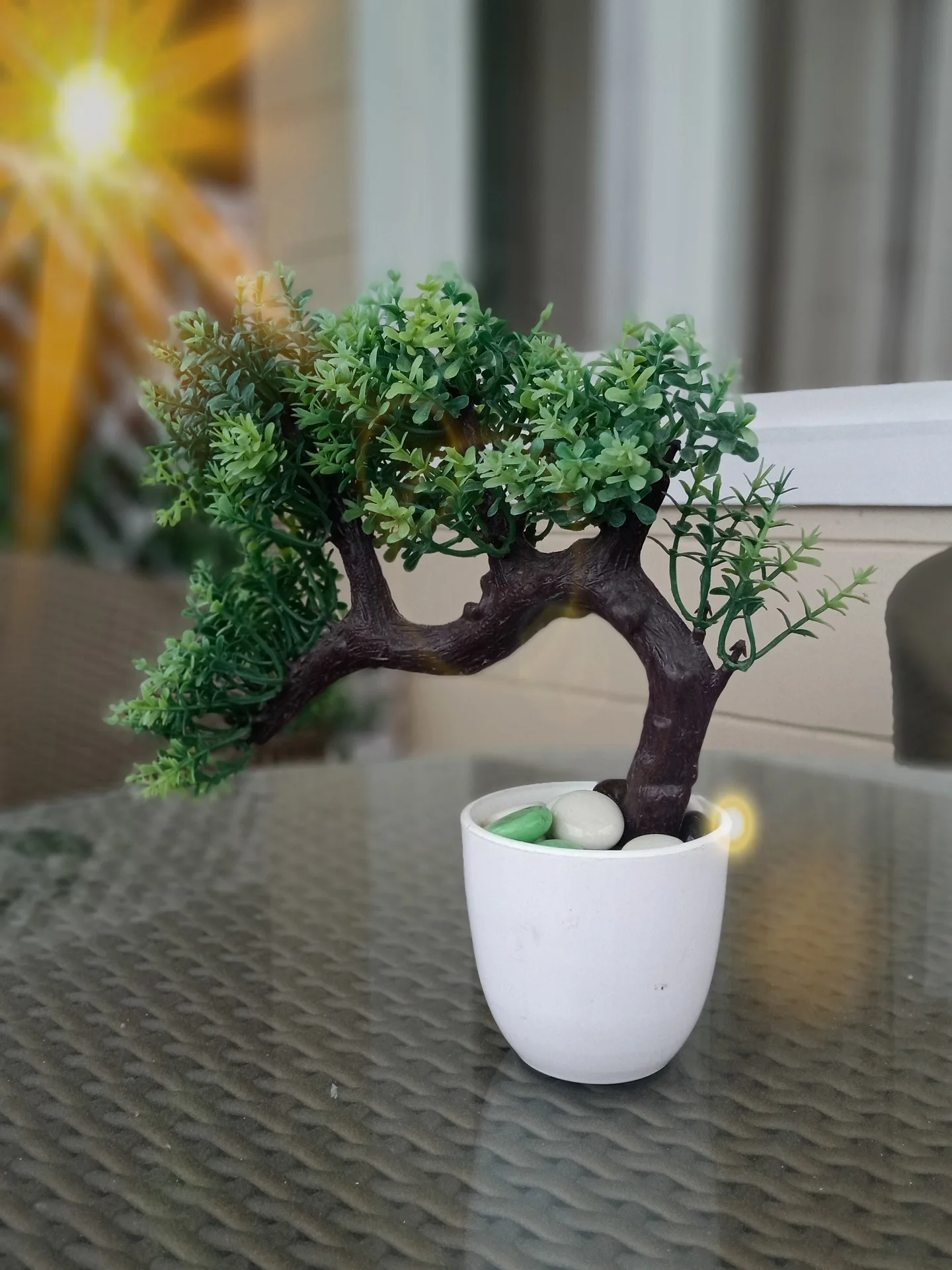
Jade Bonsai, also known as the Jade Plant, is a succulent species that brings a touch of elegance to Bonsai collections. Its fleshy, oval-shaped leaves and tree-like appearance make it visually appealing. Jade Bonsai is known for its drought tolerance, making it suitable for beginners still honing their watering skills. This forgiving nature, combined with its aesthetic charm, positions the Jade Bonsai as an excellent starting point for those new to Bonsai cultivation.
4. Elm Bonsai
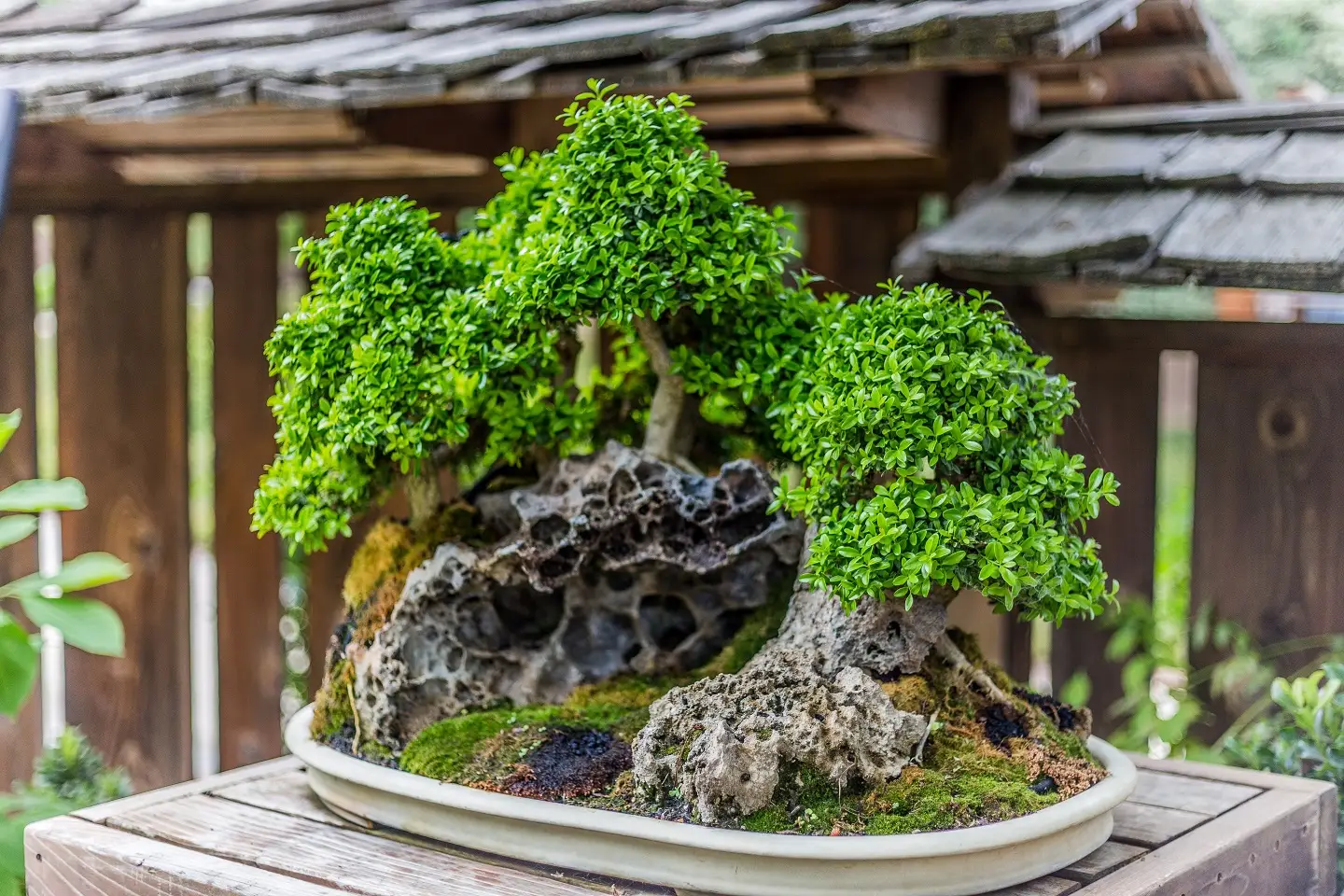
Elm Bonsai, belonging to the Ulmus genus, is valued for its graceful appearance and adaptability. This deciduous tree is known for its serrated leaves and the classic “winged” seed structures. Elm Bonsai responds well to pruning and shaping, allowing beginners to explore the artistic elements of Bonsai care. With a preference for outdoor conditions, the Elm Bonsai allows beginners to engage with the seasonal nuances of Bonsai cultivation.
5. Pine Bonsai
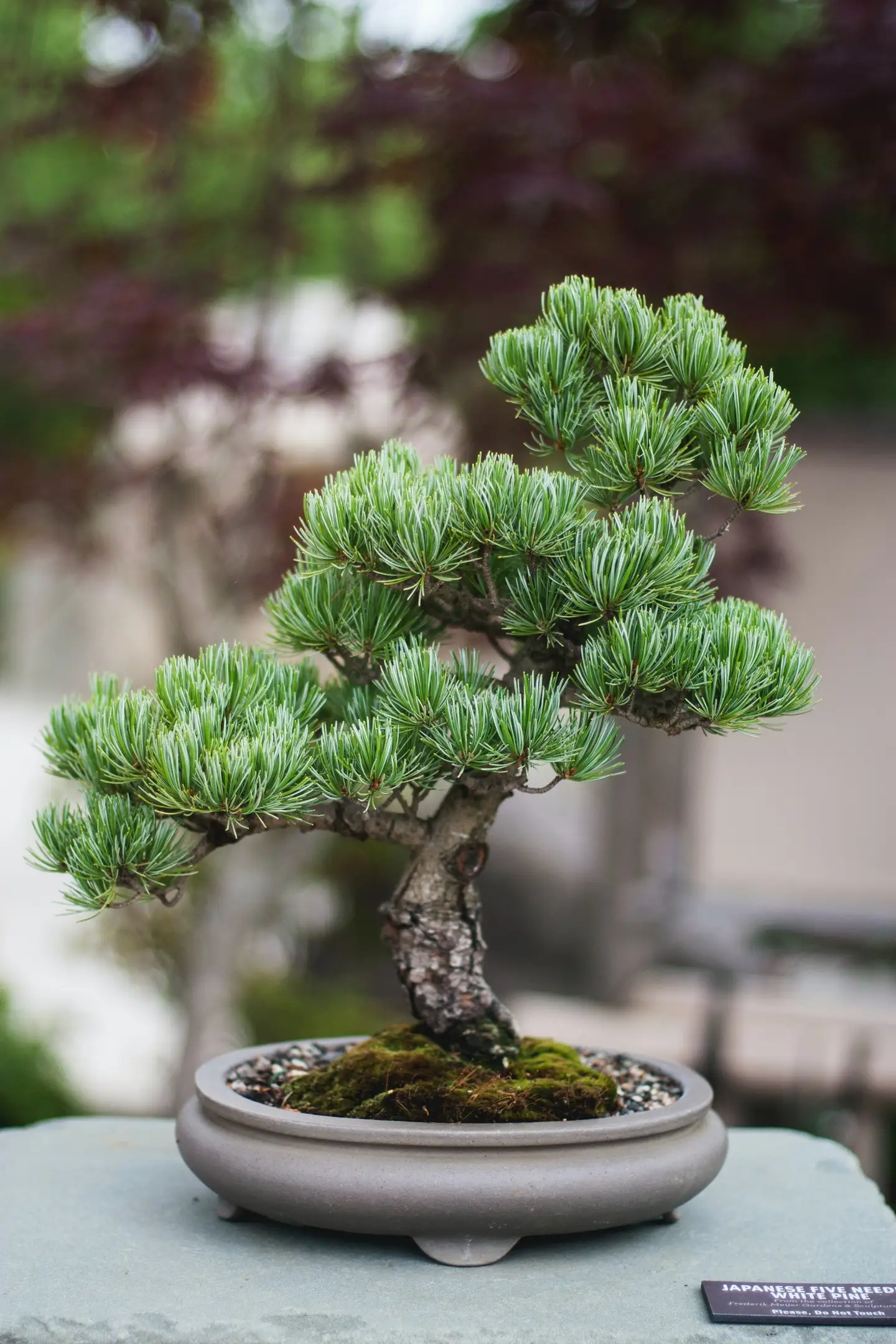
Pine Bonsai, representing the Pinus genus, introduces beginners to coniferous Bonsai trees. Their needle-like leaves and rugged aesthetic characterize pines. While they require specific care regarding sunlight and watering, the challenge they present can be rewarding for beginners looking to deepen their understanding of Bonsai cultivation. The Pine Bonsai’s distinctive appearance and the potential for dynamic styling make it a captivating choice for those ready to delve into the artistry of Bonsai.
6. Schefflera Bonsai
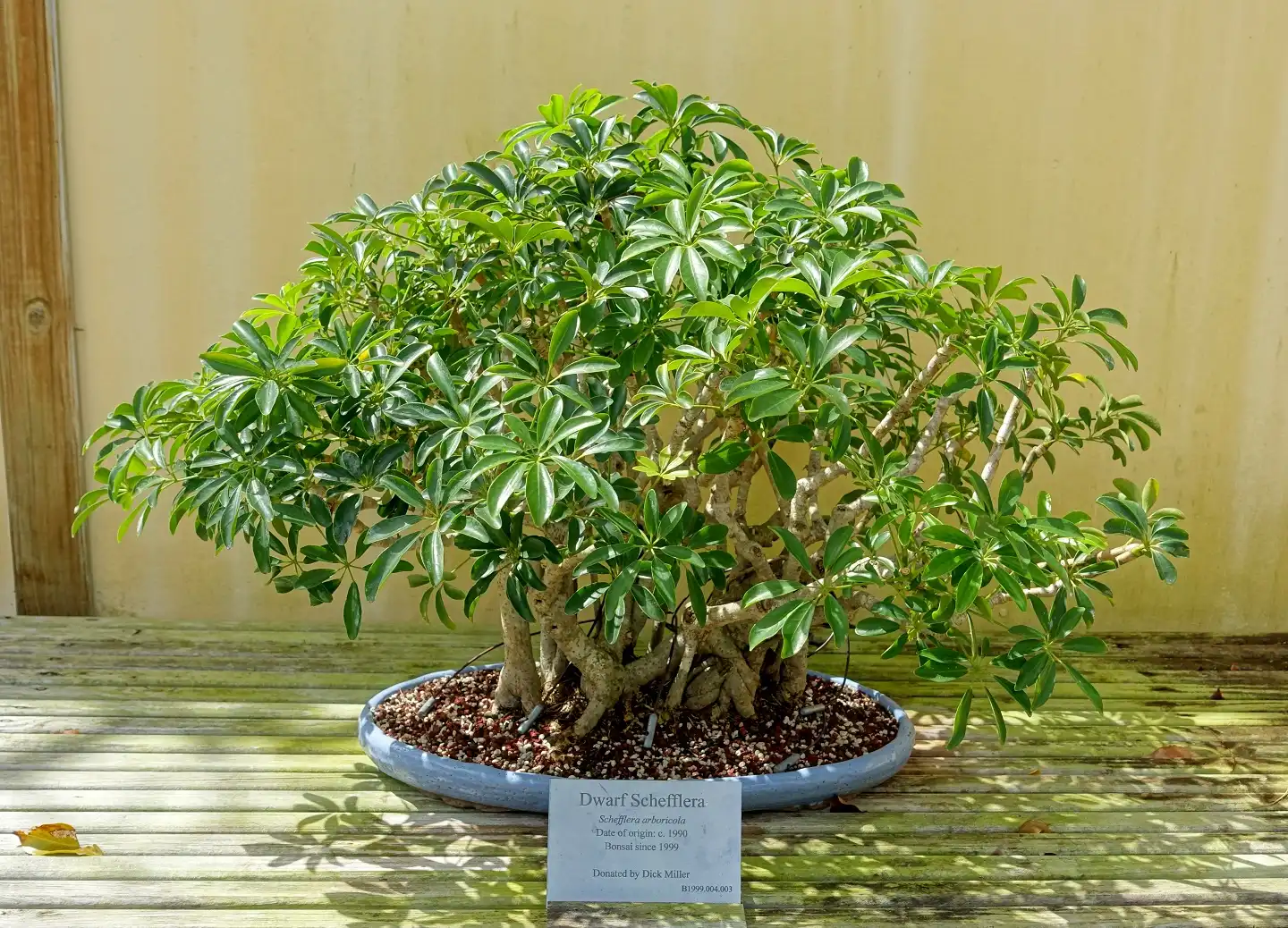
Schefflera Bonsai, commonly known as the Umbrella Tree, is an excellent choice for beginners seeking a tropical touch in their Bonsai collection. This species is recognized for its distinctive compound leaves and vibrant greenery. Schefflera Bonsai is forgiving of occasional lapses in care, making it an accommodating choice for those new to Bonsai cultivation. Its resilience and the opportunity for creative styling render the Schefflera Bonsai a delightful addition to the beginner’s repertoire.
7. Maple Bonsai

Maple Bonsai, representing the Acer genus, introduces beginners to the world of deciduous Bonsai trees, known for their stunning foliage and vibrant autumn colors. The intricate branching pattern and delicate leaves of the Maple Bonsai offer a canvas for artistic exploration. While requiring specific care, including proper pruning and winter protection, the Maple Bonsai rewards beginners with a captivating and dynamic tree that evolves throughout the seasons.
8. Chinese Elm Bonsai
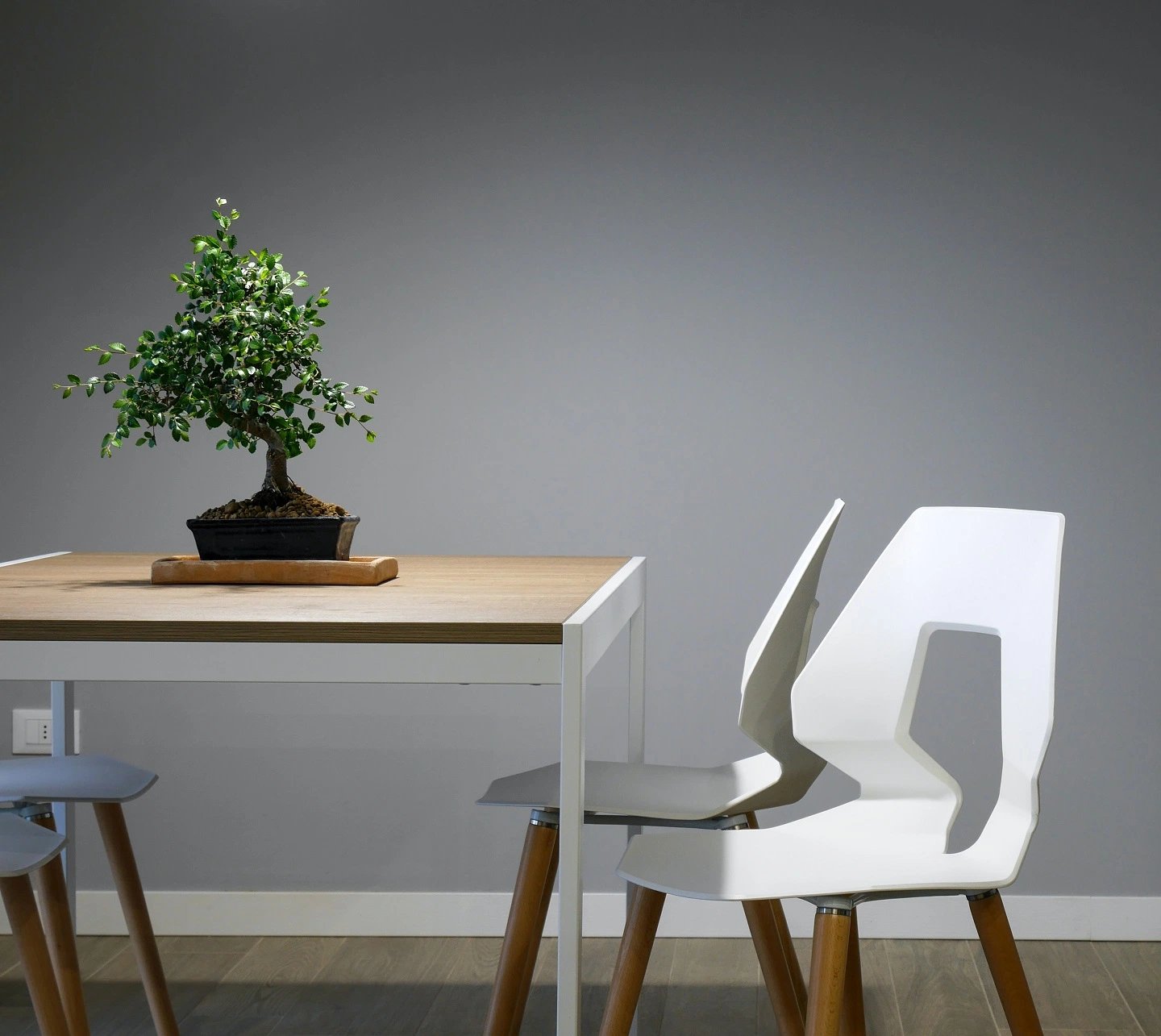
The Chinese Elm Bonsai is a popular choice for beginners, recognized for its adaptability and forgiving nature. With small, serrated leaves and an attractive bark pattern, the Chinese Elm Bonsai allows beginners to experiment with various Bonsai techniques, including pruning, wiring, and shaping. This species is suitable for indoor and outdoor cultivation, providing flexibility for beginners still discovering their preferred Bonsai care environment.
Indoor Bonsai trees beckon enthusiasts into a realm where art and nature intertwine. From their myriad benefits to the intricacies of care, the diverse types, and beginner-friendly selections, these miniature wonders offer a captivating journey for anyone seeking to cultivate tranquility within their living spaces. Embark on the Bonsai adventure and let these diminutive marvels transform your surroundings into a haven of natural artistry.



Did you find what you were looking for?